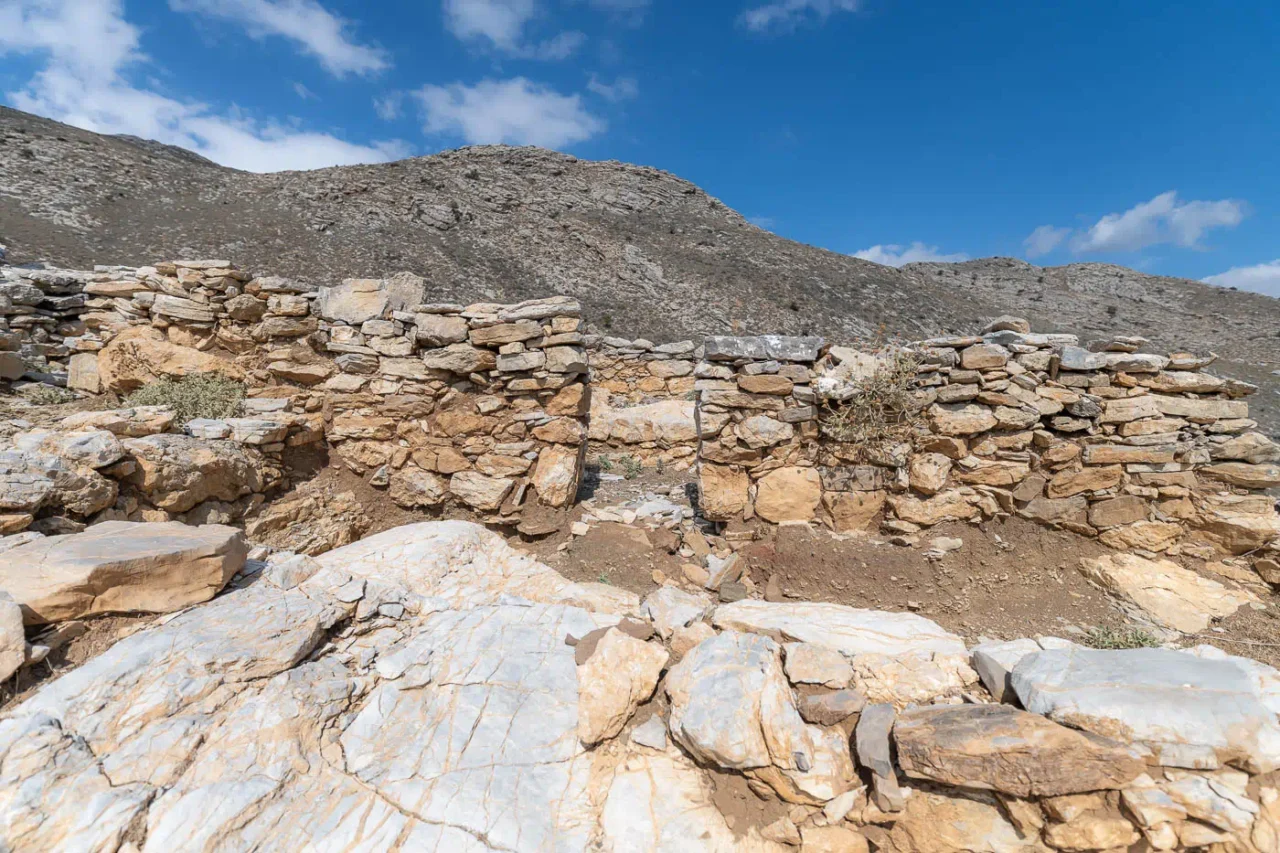
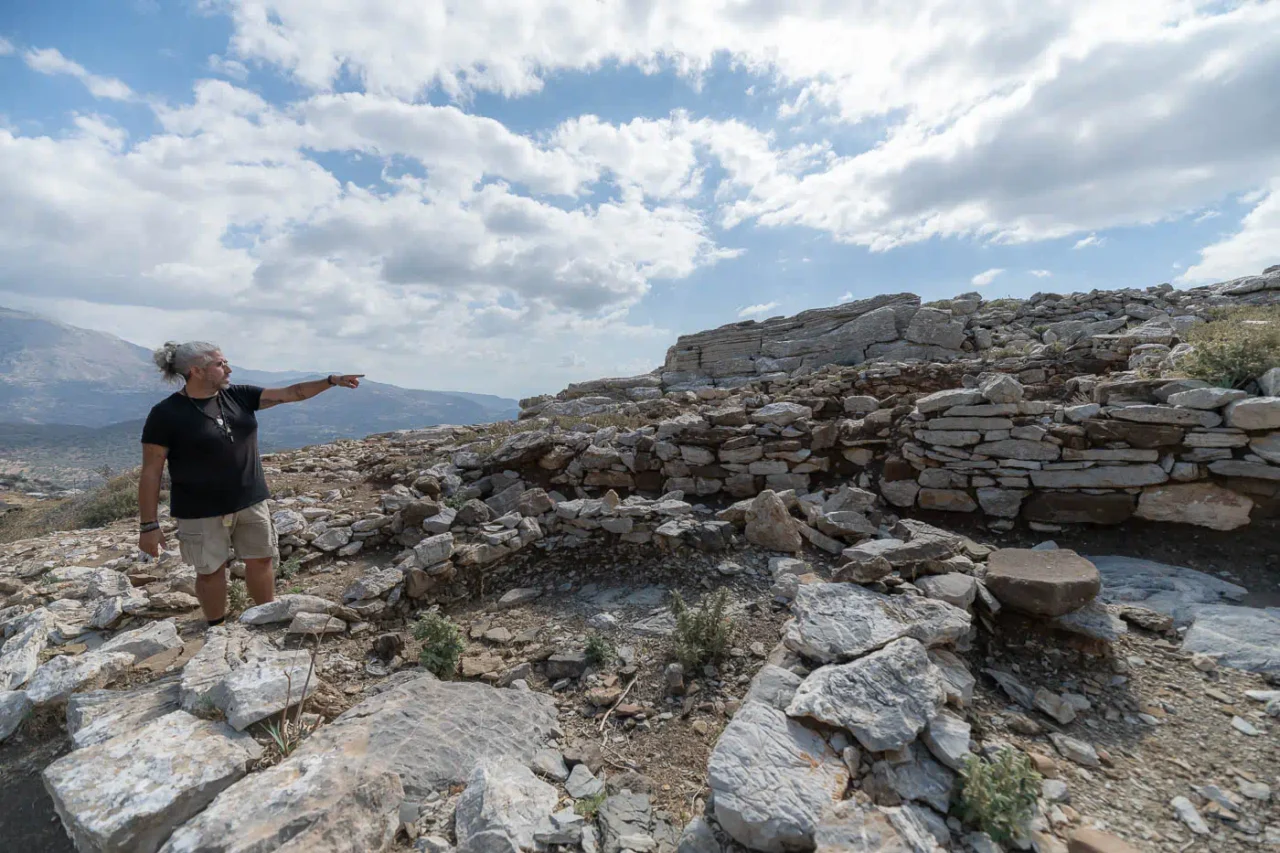
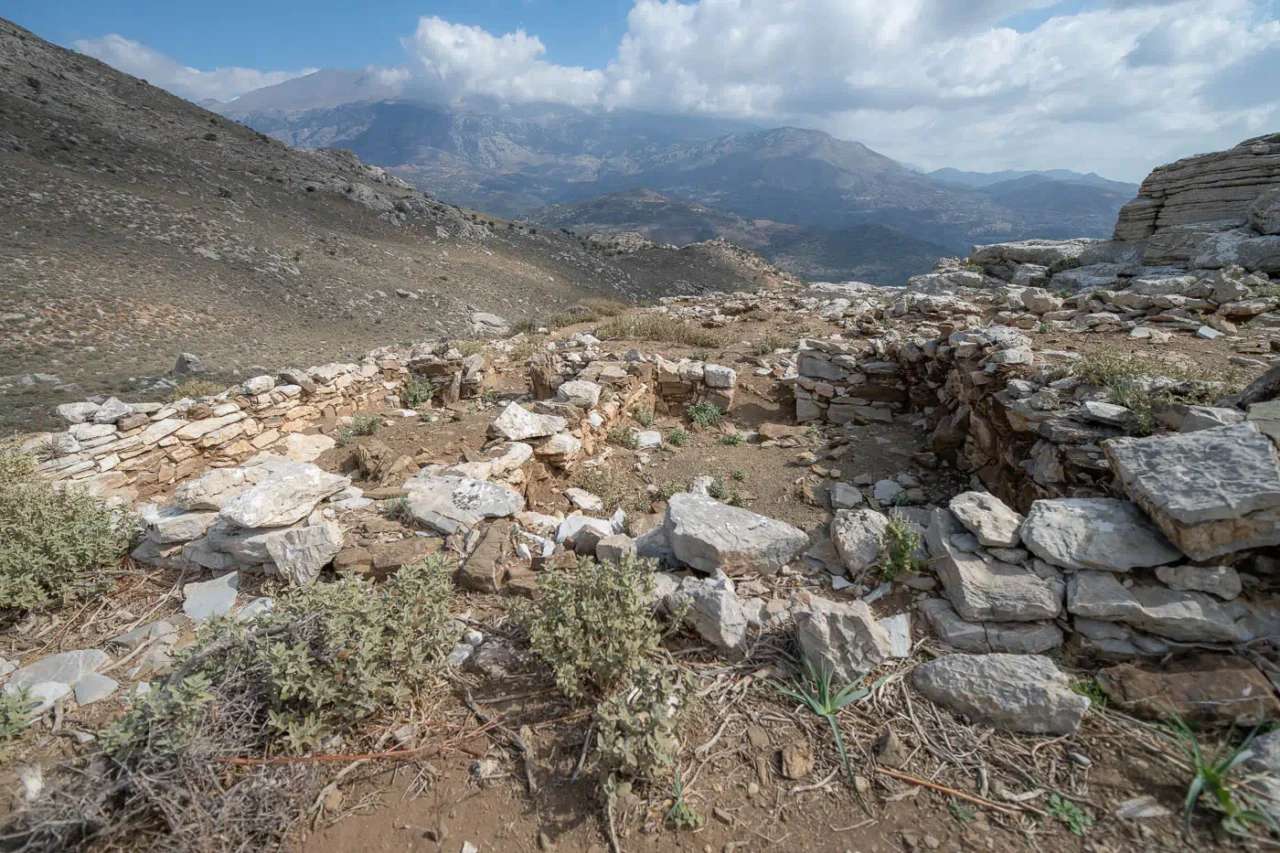
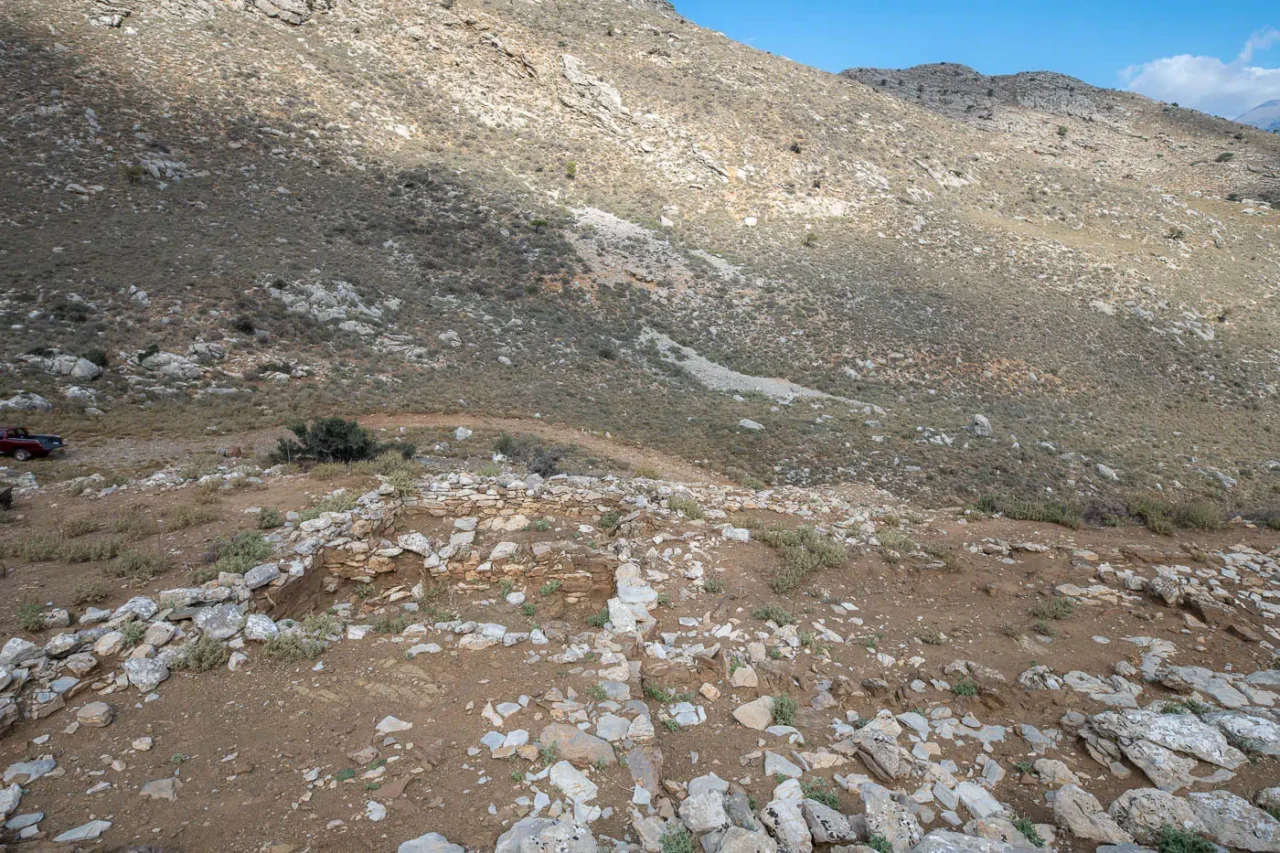
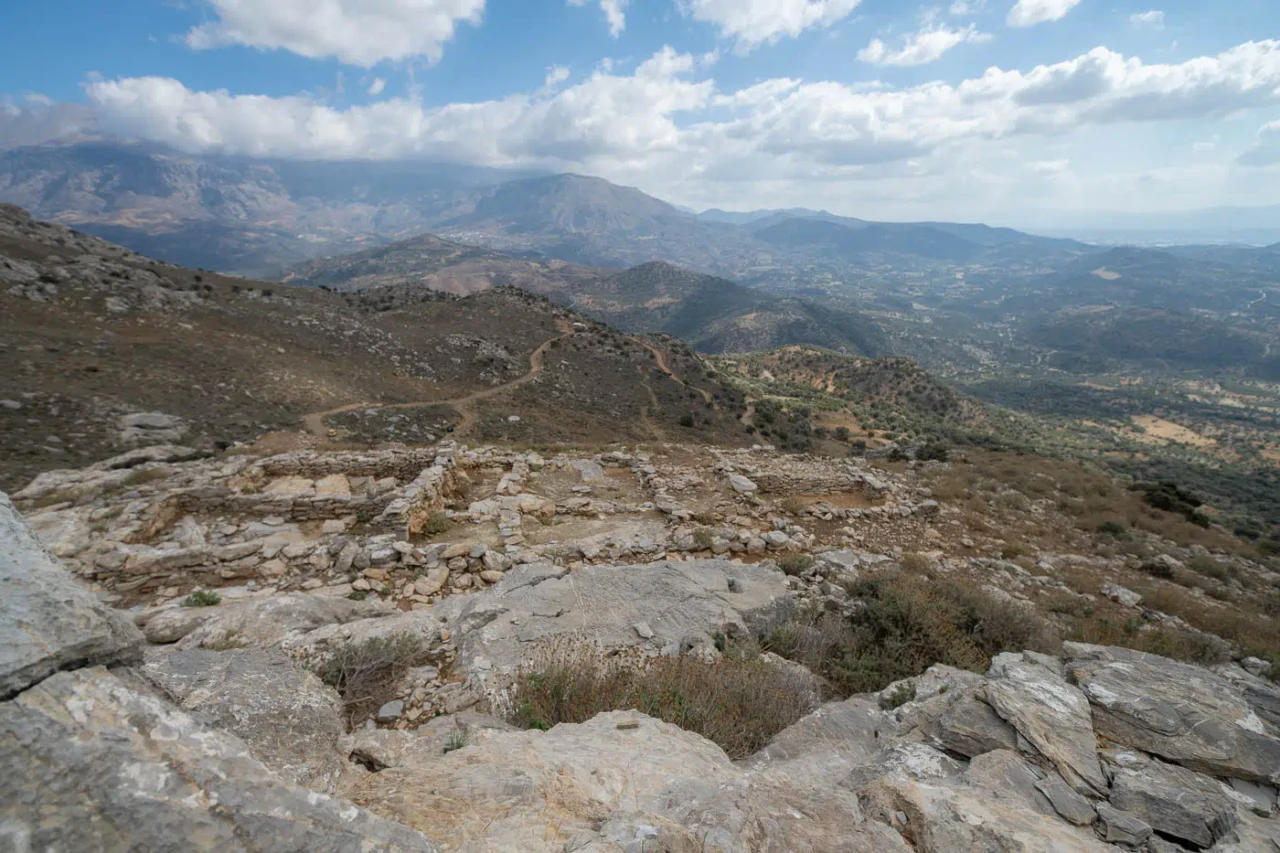
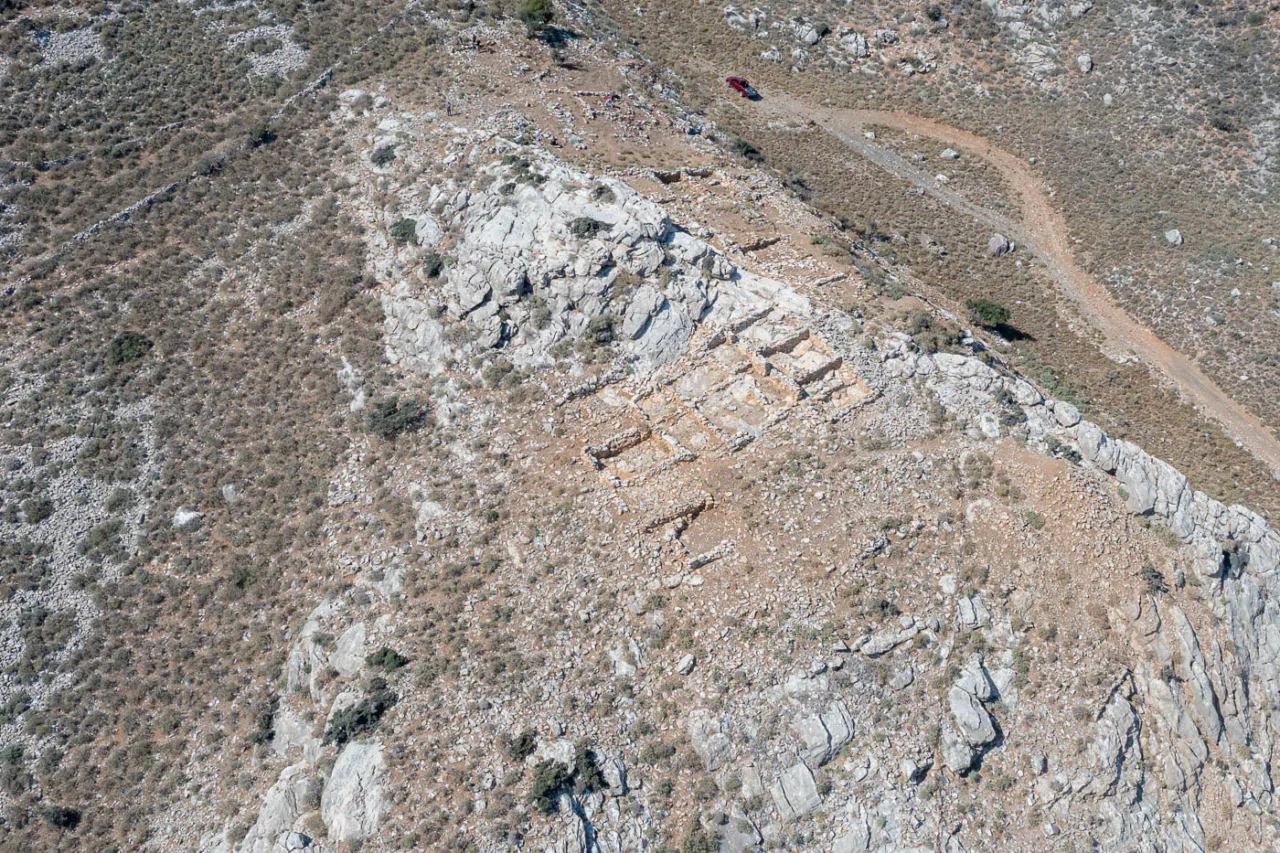
A Strategic Stronghold in South Crete
The Mycenaean Acropolis of Orne stands as a testament to the powerful Mycenaean presence in Crete during the Late Bronze Age. The site, first brought to light in 2009 by archaeologists Athanasia Kanta and Nikos Stampolidis, is situated on the Kastellos hill, part of the Kedros mountain range, and offers a commanding view of the south Cretan coast and the fertile Amari Valley further inland. The strategic importance of this location is undeniable, as it overlooks key routes connecting the northern and southern coasts of Crete, as well as pathways leading to the Amari Valley. The proximity to the coast also facilitated maritime trade and communication, further enhancing Orne’s significance in the regional network.
The Fortified Citadel
The acropolis at Orne is a fortified citadel, a type of settlement that became increasingly common in Crete towards the end of the Bronze Age. The citadel is enclosed by a substantial wall, reaching up to 2 meters in thickness in some areas. The main entrance, located at the summit of the hill, is a testament to the site’s defensive nature. The interior of the citadel is a dense network of buildings, showcasing a well-planned and organized community. The structures, built from the readily available local bedrock, exhibit architectural features characteristic of Mycenaean settlements, such as hearths built on a foundation of sherds.
Archaeological Investigations and Discoveries
Excavations at Orne have unearthed a treasure trove of archaeological material, shedding light on the lives of the people who inhabited this stronghold. The pottery discovered at the site dates it primarily to the early phase of the Late Helladic IIIC period (c. 1200-1150 BC), a time of significant transformation and unrest in the Aegean world. The presence of Mycenaean-style pottery and architecture underscores Orne’s connection to the broader Mycenaean cultural sphere, indicating the extent of Mycenaean influence in Crete during this period.
Beyond the citadel walls, a solitary tomb has been discovered beneath a modern house near the site. The tomb’s small size and irregular shape, coupled with its vaulted roof constructed from flat stones, point to its origins in Syria. Similar tombs have been found in other parts of Crete and the Peloponnese, suggesting cultural exchange and interaction between these regions during the Late Bronze Age.
Building A: A Complex Structure
One of the most remarkable discoveries at Orne is Building A, a large and intricate complex comprising multiple rooms and open spaces. The building’s walls are remarkably well-preserved in some areas, reaching a height of approximately 1 meter. The rooms are characterized by their spacious entrances, flanked by antae and thresholds. A long corridor with a stepped surface winds its way through the building, connecting the various spaces. The presence of pithoi and other vessels within the rooms suggests that Building A served a dual purpose, accommodating both domestic activities and storage.
Building B: A Multifaceted Structure
Building B, situated on the northern side of the citadel, is another significant structure at Orne. It is integrated into the fortification wall, showcasing the site’s defensive considerations. The building features several casemate rooms, small chambers built into the thickness of the wall, which were likely used for storage and industrial purposes. Building B also houses a large room with a central hearth, indicating its function as a living space.
Historical Significance
The Mycenaean Acropolis of Orne offers invaluable insights into the intricate social and political dynamics of Crete during the Late Bronze Age. Its strategic location, robust fortifications, and well-organized urban layout point to the existence of a powerful local authority capable of mobilizing significant resources and manpower. The presence of Mycenaean-style pottery and architecture further underscores Orne’s integration into the wider Mycenaean world.
The relatively brief occupation of the acropolis, which was destroyed by fire and subsequently abandoned around 1150 BC, potentially reflects the turbulent conditions that marked the end of the Bronze Age in the Aegean. The proliferation of refuge settlements and citadels like Orne in south Crete hints at a period of instability and conflict, possibly linked to the movements of people known as the “Sea Peoples.”
Current Status and Future Research
The Mycenaean Acropolis of Orne remains an active archaeological site, with ongoing excavations and research promising to reveal further secrets of this ancient stronghold. The site’s well-preserved buildings, fortifications, and artifacts offer a unique glimpse into the lives of the people who inhabited this region during the Late Bronze Age. As archaeologists continue to explore Orne, they will undoubtedly uncover new information about the site’s history, its relationship with neighboring settlements like Kastrokephala and Monastiraki Katalimata, and its role in the broader context of the Mycenaean world.
Archaeological Site: Key Points
- Construction Period: Late Helladic IIIC (c. 1200-1150 BC)
- Location: South Crete, Greece, near the modern village of Orne, overlooking the Mesara Plain and the south coast
- Dimensions: The citadel occupies a substantial area on the Kastellos hill, encompassing numerous buildings and open spaces within its fortified perimeter
- Historical Significance: The site provides evidence of a powerful Mycenaean settlement in south Crete during the Late Bronze Age, offering insights into the region’s social, political, and economic organization during this period
- Current Status: Orne is an active archaeological site with ongoing excavations and research
Reference
- Kanta, A., Stampolidis, N., Tsigounaki, A., Stefanakis, M., & Papadakis, M. (2021). Orne, a new Mycenaean acropolis in South Crete. In E. Karantzali (Ed.), Proceedings of the 3rd International Interdisciplinary Colloquium: The Periphery of the Mycenaean World. Recent discoveries and research results (pp. 747-758). Ministry of Culture and Sports.













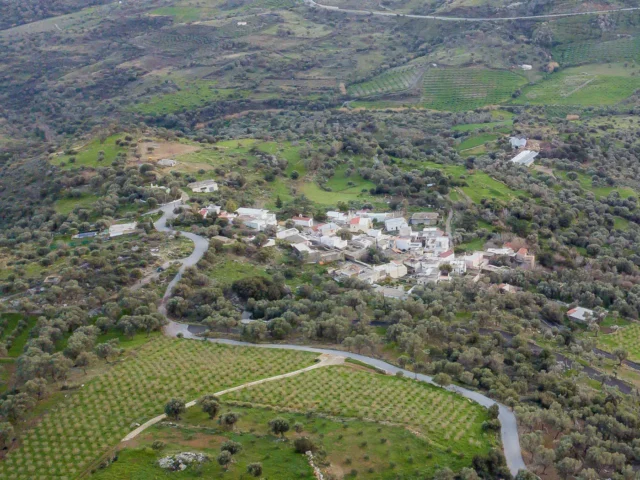

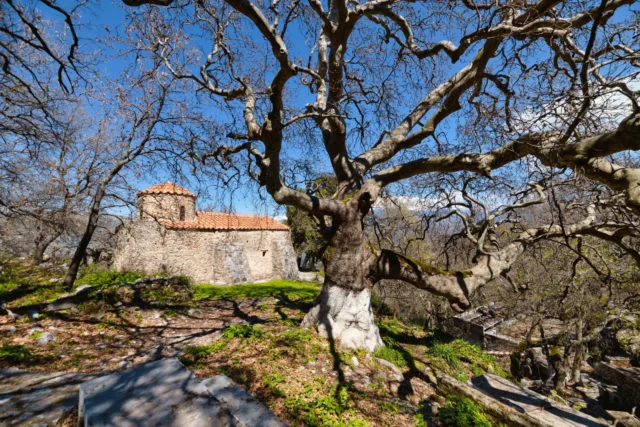
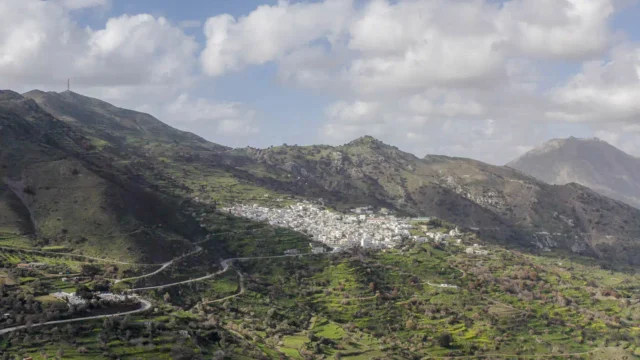

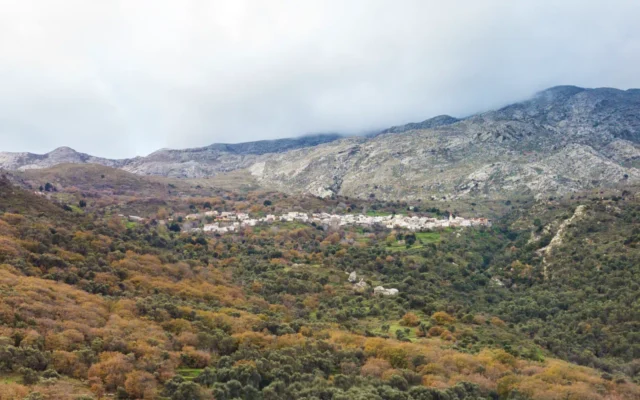



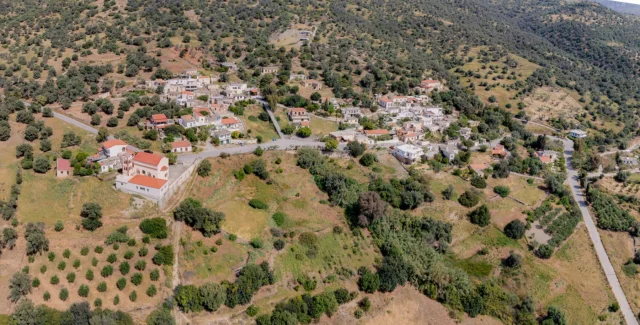
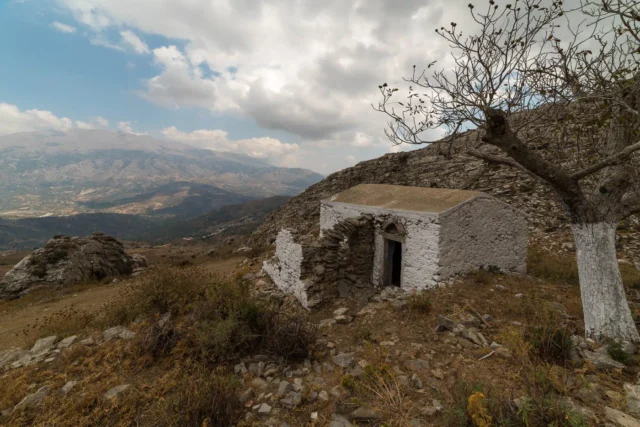
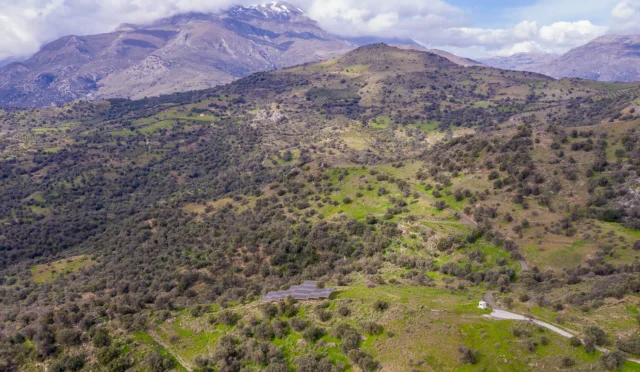
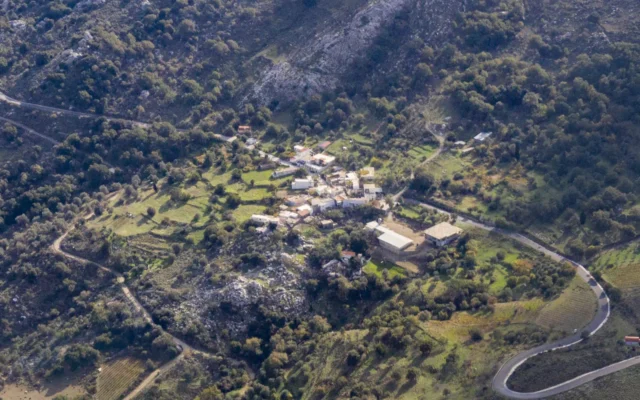
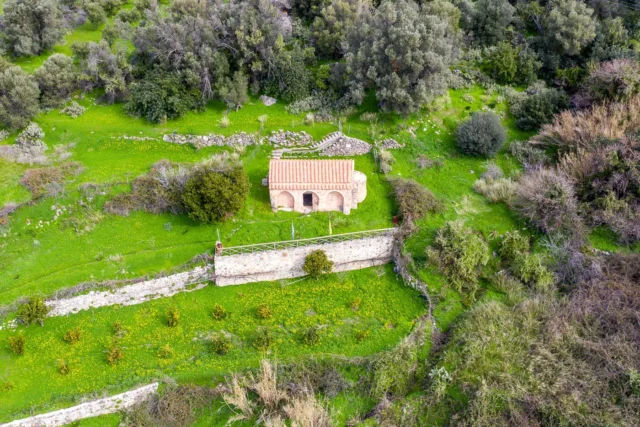
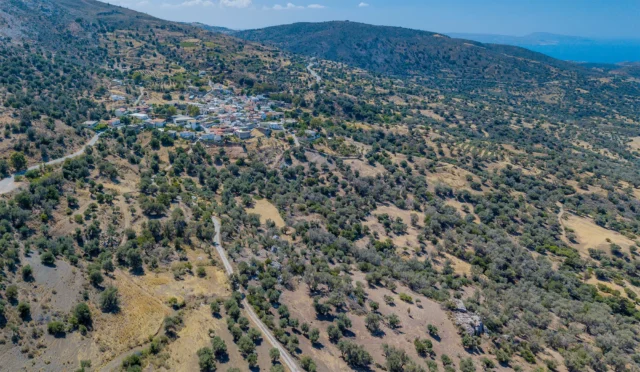
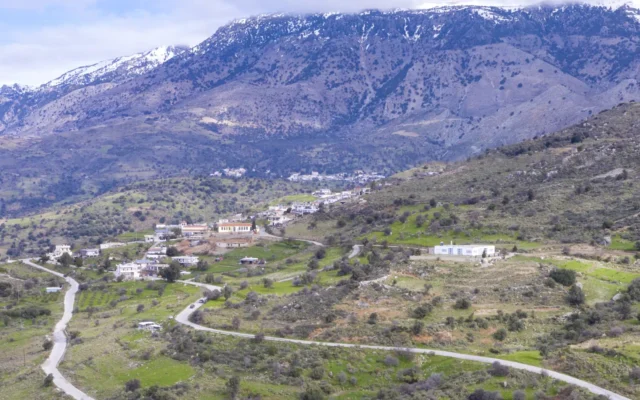
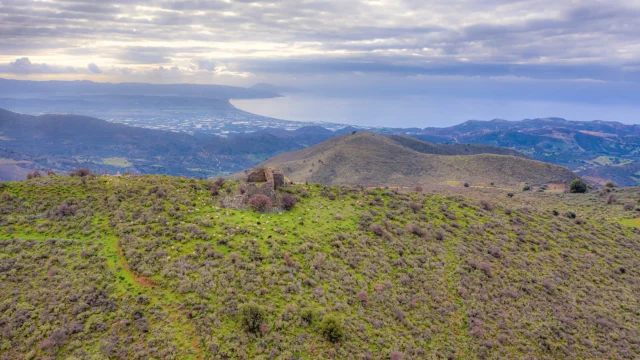
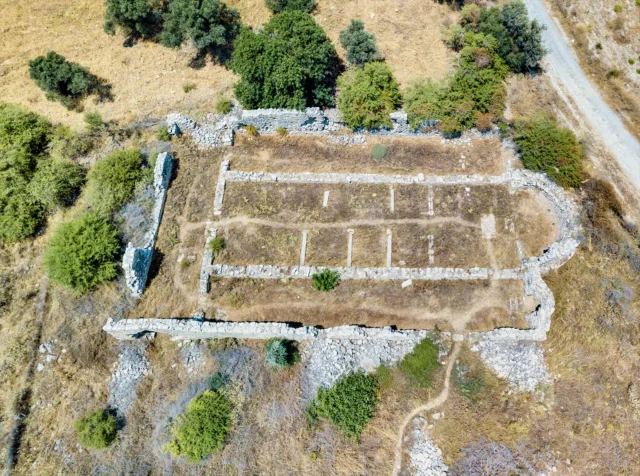
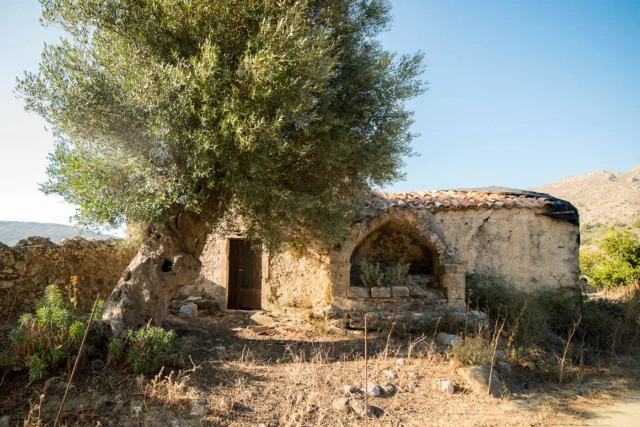
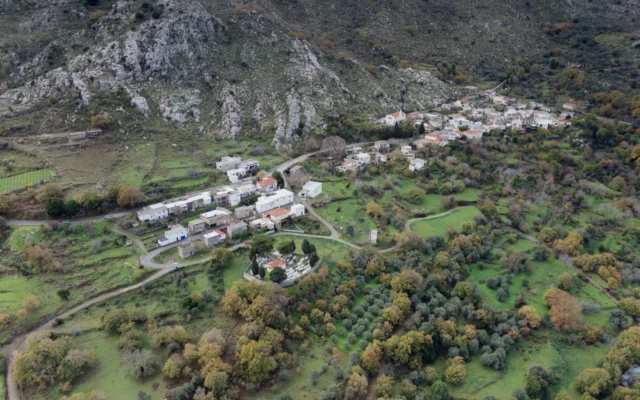

There are no comments yet.